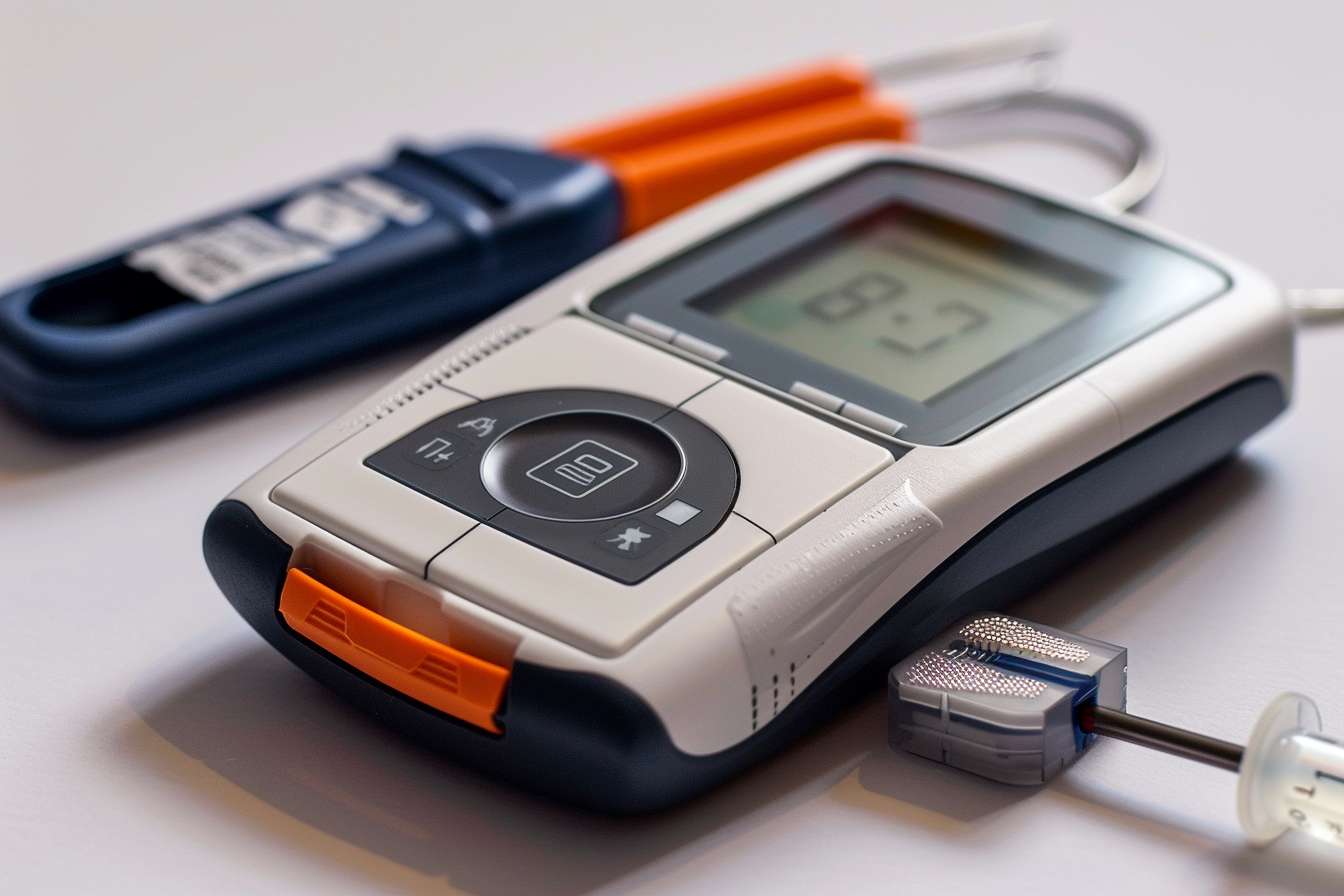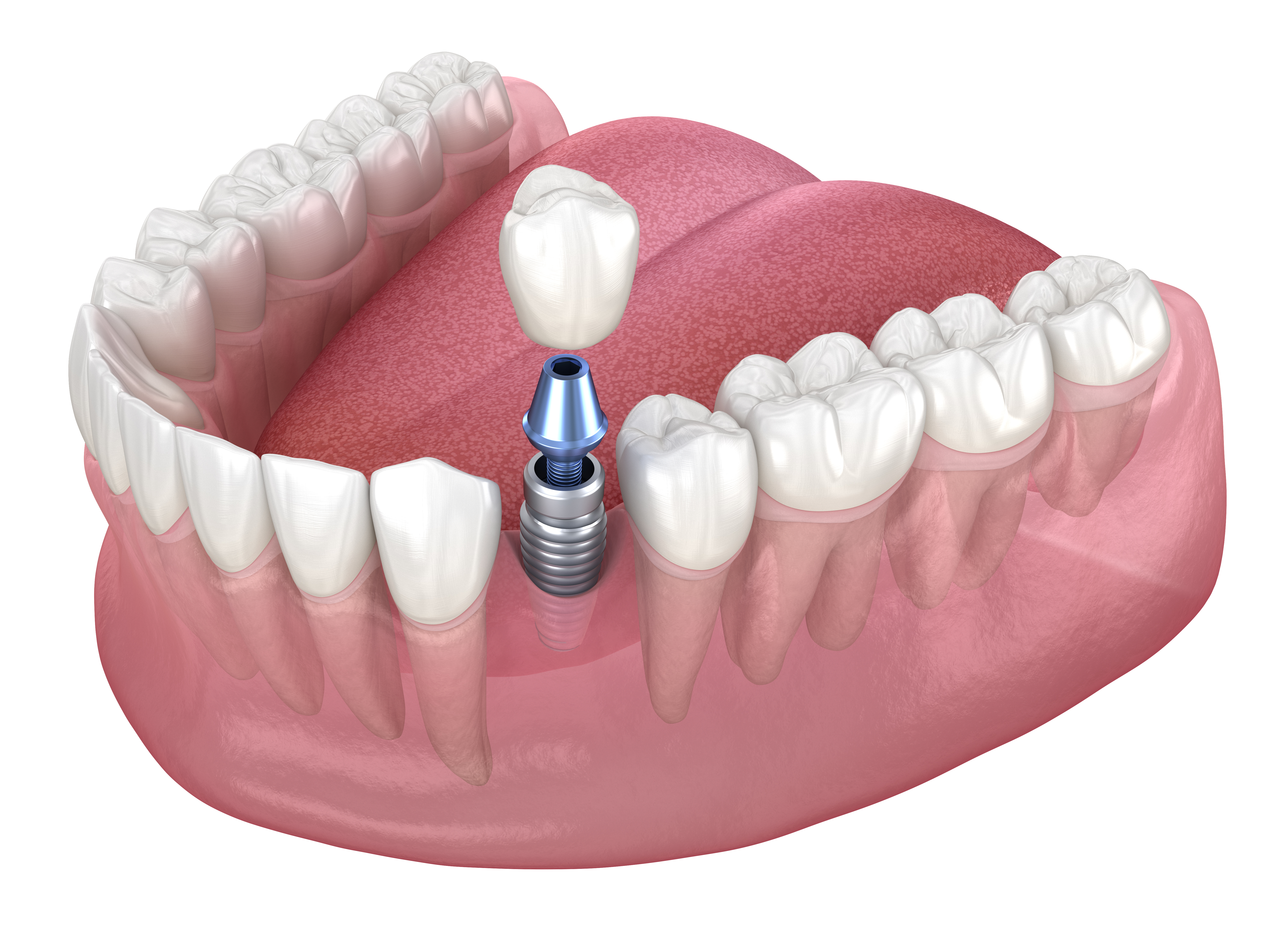The Future of Diabetes Management: Glucose Monitoring Smartwatches
Diabetes management has undergone significant transformation with the emergence of wearable technology. Glucose monitoring smartwatches represent a convergence of health monitoring capabilities and everyday convenience, offering people with diabetes an alternative to traditional blood glucose testing methods. These devices aim to provide continuous or on-demand glucose readings without the pain and inconvenience of finger pricks, potentially revolutionizing how millions worldwide manage their condition.

How Glucose Monitoring Smartwatches Work
Glucose monitoring smartwatches utilize various technologies to measure blood glucose levels non-invasively or minimally invasively. Most current models employ either optical sensors that measure glucose through the skin using light-based technology or work in conjunction with a small sensor inserted under the skin. The watches collect data continuously, allowing users to track trends throughout the day rather than relying on isolated readings. This technology typically uses algorithms to analyze interstitial fluid—the fluid between cells—to determine glucose concentrations, which slightly lag behind actual blood glucose levels.
Benefits of Needle-Free Glucose Monitors for Patients
The shift toward needle-free glucose monitors represents a significant quality-of-life improvement for diabetes patients. Traditional glucose monitoring requires multiple finger pricks daily, causing pain, calluses, and reduced fingertip sensitivity over time. Needle-free or minimally invasive options eliminate or drastically reduce the need for frequent skin punctures. Beyond physical comfort, these devices offer psychological benefits by reducing the burden of diabetes management and the stigma sometimes associated with testing in public settings. Users can discreetly check their levels with a glance at their watch, promoting more consistent monitoring and potentially better health outcomes.
Integration with Comprehensive Diabetes Management Systems
Modern glucose monitoring smartwatches extend beyond simple glucose readings to become comprehensive diabetes management systems. Many devices now integrate with smartphone applications that track multiple health metrics, including physical activity, sleep patterns, and dietary intake. These integrated systems can identify correlations between lifestyle factors and glucose fluctuations, helping users understand how specific foods, exercise routines, or stress levels affect their condition. Some advanced models even offer predictive alerts, warning users of potential high or low glucose events before they occur, allowing for proactive intervention rather than reactive treatment.
Current Market Options and Technology Limitations
The glucose monitoring smartwatch market continues to evolve, with several prominent options available to consumers. Current technology offers varying degrees of accuracy, convenience, and additional features that influence both effectiveness and cost.
| Device Model | Technology Type | Key Features | Estimated Price Range |
|---|---|---|---|
| Freestyle Libre 3 Companion | Sensor with smartwatch app | Continuous monitoring, 14-day sensor life, companion app | $70-140 monthly (sensors) + watch cost |
| Dexcom G7 System | CGM with smartwatch connectivity | Real-time alerts, data sharing, water-resistant | $300-400 monthly (supplies) + watch cost |
| K’Watch Glucose | Minimally invasive patch | Direct watch measurement, replaceable sensor patches | $250-350 (device) + monthly supplies |
| GlucoTrack | Non-invasive ultrasonic | No consumables required, multiple measurement types | $2,000-3,000 (one-time purchase) |
Prices, rates, or cost estimates mentioned in this article are based on the latest available information but may change over time. Independent research is advised before making financial decisions.
While these technologies show promise, current limitations include accuracy challenges compared to traditional blood testing, particularly during rapid glucose changes. Battery life remains a concern for continuous monitoring devices, and most systems still require some form of calibration or sensor replacement. Cost and insurance coverage present significant barriers for many potential users, with ongoing expenses for sensors and supplies often exceeding the initial device investment.
Future Developments in Glucose Monitoring Smartwatches
The future of glucose monitoring smartwatches appears promising, with research focused on improving accuracy, extending sensor life, and developing truly non-invasive technologies. Several companies are exploring optical, radio wave, and even sweat analysis technologies that could eliminate the need for any skin penetration. Integration with artificial intelligence is expected to enhance predictive capabilities, potentially warning users hours before dangerous glucose fluctuations occur. Research into biofeedback systems may eventually create closed-loop solutions that automatically administer insulin based on real-time glucose data, moving closer to an artificial pancreas concept. As miniaturization improves, future devices may become increasingly discreet while offering more comprehensive health monitoring beyond glucose levels.
Impact on Long-term Diabetes Management Outcomes
Early research suggests that continuous glucose monitoring through smartwatches may significantly improve diabetes management outcomes. Studies indicate users experience fewer extreme glucose events and demonstrate improved glycemic control compared to traditional monitoring methods. The convenience factor leads to more consistent monitoring, while the ability to observe trends helps patients make more informed decisions about medication, diet, and exercise. Healthcare providers benefit from comprehensive data sets that reveal patterns traditional spot-checking might miss. While more long-term studies are needed, preliminary evidence suggests these devices could reduce diabetes complications and associated healthcare costs by enabling earlier interventions and more personalized treatment approaches.
This article is for informational purposes only and should not be considered medical advice. Please consult a qualified healthcare professional for personalized guidance and treatment.




